|
Photography can be very simple in its form yet contain a powerful message. It is not how many or what type of elements you decide to frame with your lens but how all of them composed together will make the viewers feel, or what they will make them think of. Photography, or even art in general, is like flirting, you either click immediately or not. You either relate to what you see or you don't. Art is there to make you feel, not think. Once you start analyzing it it loses its charm and elegance. Leave thinking and pondering for snobs. I took this image yesterday during private photography workshops in Tokyo. I like to challenge my students bu placing them in front of tricky to compose views, or just asking them to find me a photo in surrounding chaos. We were inside Tokyo Big Sight in Odaiba and I have noticed this salary man resting on a couch. He was checking his phone and I took a few shots, but I was not fully happy with them. Then I saw him pass out and that was the moment I was waiting for. Perfect image to summarize Tokyo, with faint and very organized geometrical pattern (symbolizing Japanese life style by the manual) in the background, lots of negative space (traditional simplicity), a tiny bit of white shirt sticking out suggesting an office worker, bald spots on the head - a result of stress perhaps, and the plant that slightly resembles bonsai (traditional pass time), tucked in a corner because no one has time here in Tokyo for having fun.
The fewer the elements on the photo the less distractions for the mind. Viewers are immediately drawn to where you want them. Eyes do not wander about and subjects really stand out. It is a bit like writing in capital letters. Such images are harmonious but at the same time striking and powerful. There is no room for error or unnecessary elements. Even that reflection plays a role of an anchor that helps you to bounce back and forth between that highlight and easily recognizable shape of human head. Square to the top right of this guy's head is contrasting with its roundness, helping to frame it but it does it in an abstract and misaligned manner. The couch top provides a slide for the eyes to move left and right. Always look around you because great photographs are happening everywhere, it is just a matter of being able to see them. Some of them can be anticipated, some need time to happen so you will have to be patient, and some just happen right in front of you. If you feel like something would make a good image then take it, do not waste time on thinking, your inner child's intuition is most likely right. Buy prints with my photography and calligraphy art Photography workshops in Tokyo Hire a photographer in Tokyo Photography blog about Japan Google+ For more tutorials and how to videos check out my photoshop and photography tips and tricks YouTube channel Everywhere. The most important thing is to always follow your heart. For example, I never ever shoot with a story board. I hate story boards. For me they are too limiting. They constrain me in frames of an idea and I would be obligated to stay within certain parameter. I refuse do that and I cannot do that. When I shoot I react to the light that surrounds me or emotions on the set, personality of the model or maybe something that was said or happened, a deja vu or a memory, a distant sound or an instant thought that just popped inside my head. I can change my mind during the shoot and start working with a completely fresh idea that just presented itself. You should flow not follow. My planning is very general and loose. I can have a very focused shoot, theme wise, like a body art shoot for example, or a portrait session with a model that is tagged as "shooting for sci-fi photoshop manipulations". But it is never 100% decided. An average photographer will shoot with a firm idea because it is safe and logical to hold on to something. An artist will adapt, search, and evolve. Inspiration should be like seeking order in chaos. If you are out doing some street or architecture photography you are dealing with chaos, and your job as a photographer is to find peace harmony and order in the mess and commotion of shapes, shadows and highlights, corresponding elements, or even subjects, etc. You are the composer, editor and performer in chief. Let your instinct lead you and learn how to react to what is around you rather than showing up with a goal. I had a photography student ask me a question recently "what camera setting do I use to shoot portrait?". I replied "I do not know. Only you can answer it. Think of what you want to achieve artistically and that will tell you the camera settings" . Inspiration could be found in work of other people. They do not have to be well-known artists or masters of their craft. Only because someone is unknown it does not mean their art cannot be amazing (in most cases popular things are commercialized and common, and real art is discovered by the next generation or so, after the artist dies). All that is important is whether what you see connects with your soul and speaks to you or not. Do not be a sheep and follow others. They are called others for a reason - they are not you. They are different. We are all different. Stay different. Art is a very self centered and egocentric discipline. This is why artist are aloof and often anti-social. You should follow what YOU like without any need of pleasing others. I do not care who likes my art. I do and that is all that matters. You should absorb all and anything because you never know which direction it will lead you. It is like a survival game, only on an emotional level. The very fact that you are different and alone creates peace and seclusion, which is essential to developing the ability to reading and listen to self. This does not mean that you should not learn from, listen to or share your ideas with others. I am not worried about someone else stealing my ideas. The moment they do I am already 10 steps ahead creating something new. Focus on creating, the rest is irrelevant. Stay true to what you feel is right and instead of wondering where to look for inspiration search yourself first. Once you know who you are, what you want and what drives your creativity, inspirations will start popping up all around you. Do not decide, but react. Do not think, but feel. All 3 images you see in this article are from a single shoot. I had a rough idea what I want to do with each of those portraits, but it was not until I opened them in photoshop and started editing them when I "saw" the final images. It was either colors, face expression, angle or lighting that inspired photoshop manipulation. See, if I followed a story board I would be compelled to complete "a task". Art is a profession only because we need to pay the bills. If I did not have to, I would not give a monkey about the business side of it. I die a bit inside every fucking time I have to tag my photos or check my social media. Most of us care only about creating. The moment you stop thinking of photography art as a type of profession (even if it is your job) the whole new level of inspirational thoughts and ideas will present itself. The key to finding a real inspiration is staying true to oneself.
Buy prints with my photography and calligraphy art - http://ponte-ryuurui.pixels.com/index.html?tab=galleries Photography workshops in Tokyo: http://www.ryuurui.com/photography-workshops.html Hire a photographer in Tokyo: http://www.ryuurui.com/hire-a-photographer-in-tokyo.html Photo blog: http://www.japan-in-photography.com/ Facebook: https://www.facebook.com/ponteryuurui Twitter: https://twitter.com/PonteRyuurui Google+: https://plus.google.com/u/0/+PonteRyuurui/postsFor more tutorials and how to videos check out my photoshop and photography tips and tricks YouTube channel: https://www.youtube.com/channel/UCEOVGZ2rpLhR7gSPvaexxxQ Portrait photography is one of the most difficult types of photography out there but at the same time it is extremely rewarding. In modern era when anyone has a decent camera attached to their belt buckle or earrings but it does not mean that anyone can take a good portrait photo. Great portrait photographer is very quick and accurate in reading people and connecting with them. In addition an impeccable sense of composition is needed because unlike in landscape, architecture, or even some types of commercial photography, etc. the composition is very dynamic, and there is no tripod to slow things down that allows for careful composition setting. The face expression is there and it is gone in a blink of an eye. You need to be either quick as hell or have the skill to evoke one. Composition in portraiture is on intuitive level. What's more framing of the shot has to complement and remain in sync with the face expression and body language of the model. There has to be a harmony and symbiosis of the two. Portrait photographers often work with very shallow depth of field and telephoto lenses. Those are creative tools that can deliver stunning powerful images but they impose new challenges such as extremely narrow areas of focus. At aperture of 1.4 on 85mm lens you are working with about 1cm of area that is in focus. It is so narrow that if you or the model take a breath things that were meant to be sharp are blurred. This is also why manual focusing is portrait photographer's best friend. Portrait photographer has to deal with moods, various characters and attitudes, or wishes and desires and be capable of blending those with his or her own style. Portrait photography is extremely time consuming and requires a lot of effort during and after the shoot. A lazy photographer will pass you .jpgs processed by the camera (or even RAW files...) or generic edits processed in bulk with few movements of adjustments sliders in Lightroom. A professional portrait photographer who really cares about the quality of the images will spend about 1-3h on each image individually. Every single image will be different because it is portraying various moods and is linked to a memory of the moment. A close-up image will take far more time to edit than a full length portrait. If I decide or (client's wants me to) manipulate the photo in photoshop then it can take not hours but days to complete it. This is behind the scenes work that is rarely taken into consideration, especially by those who have no sense of quality or no knowledge of how the entire process looks like. The same goes to the photoshoot. There are too many factors to determine the length needed for acquiring 6 or 7 great shots. It could be 200 photos or 1000. It could be 3 hours or 7. So let us say that the shoot lats for 5h and there are 7 images to be processed. So that is 5h of shooting (plus the preparation and commuting time, which in Tokyo could be even as long as 3-4h in total), and then 2h x7 images inside photoshop. That is about 24h n total. Aside the time required there is a skill and talent involved in photo editing. One has to have a vision of post processing while capturing the photos, and superb knowledge of photoshop, or any other professional photo retouching program, to be able to finalize that vision. Photo editing is an art and only an artist can do it well. Portrait photography can be extremely rewarding. You can literally change people's life with your images for better. You can inspire them, pour confidence in them, or simple capture elusive moments that are unrepeatable. You can help them discover themselves or make them realize something they were not aware of. At the same time it is a huge responsibility, because you could do the reverse with poor images. As a professional portrait photographer it is my job to make anyone look at their best under the lighting and environmental conditions I have to work in. The true challenge is to capture who they really are, but imbue the photos with my own photography and photo editing style. People are very vulnerable in front of the lens (even professional models). They get very tense and self-conscious and it is up to me to gain their trust and do not lose it by cutting corners. There is no room for excuses, only solutions.
Buy prints with my photography and calligraphy art - http://ponte-ryuurui.pixels.com/index.html?tab=galleries Photography workshops in Tokyo: http://www.ryuurui.com/photography-workshops.html Hire a photographer in Tokyo: http://www.ryuurui.com/hire-a-photographer-in-tokyo.html Photo blog: http://www.japan-in-photography.com/ Facebook: https://www.facebook.com/ponteryuurui Twitter: https://twitter.com/PonteRyuurui Google+: https://plus.google.com/u/0/+PonteRyuurui/postsFor more tutorials and how to videos check out my photoshop and photography tips and tricks YouTube channel: https://www.youtube.com/channel/UCEOVGZ2rpLhR7gSPvaexxxQ |
Categories
All
AuthorPonte Ryuurui (品天龍涙) Archives
August 2020
|
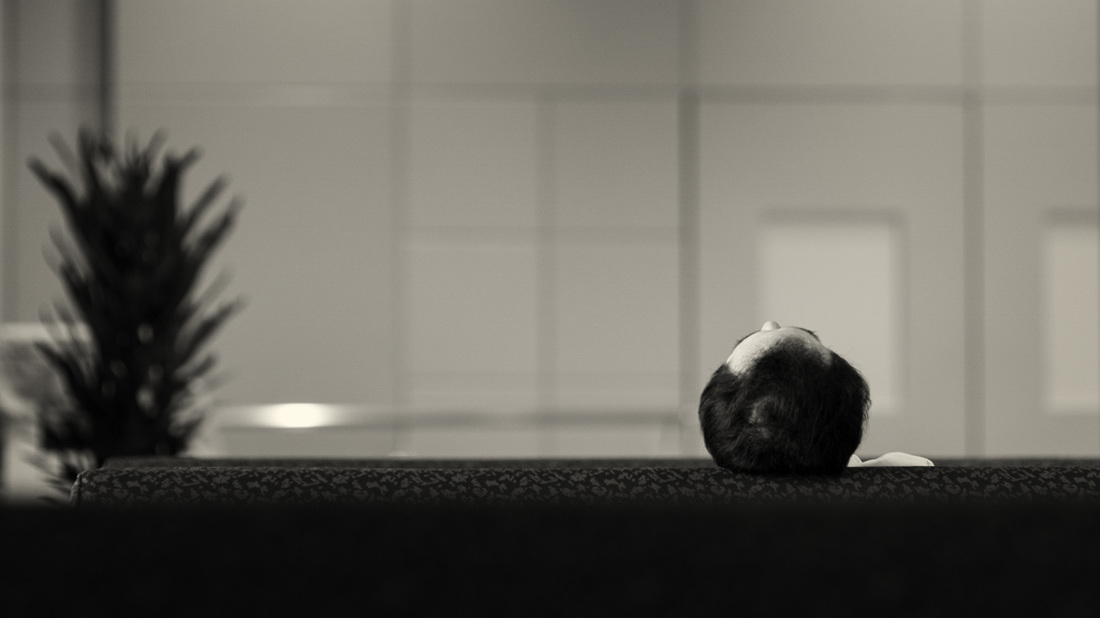
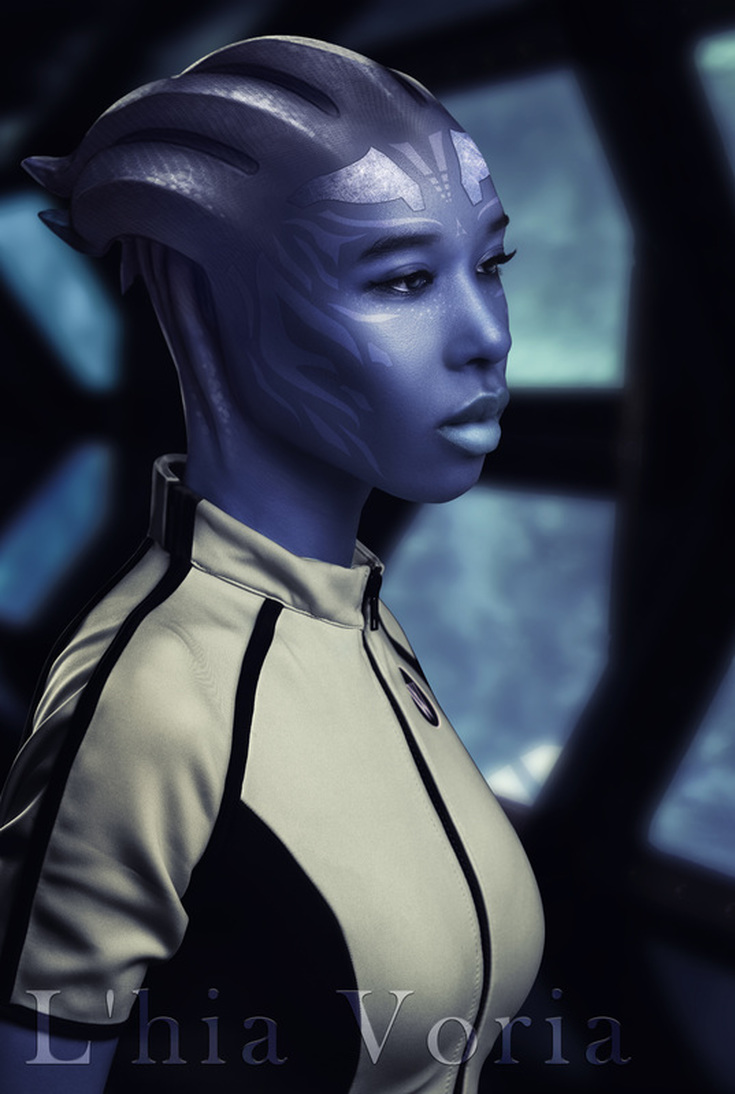
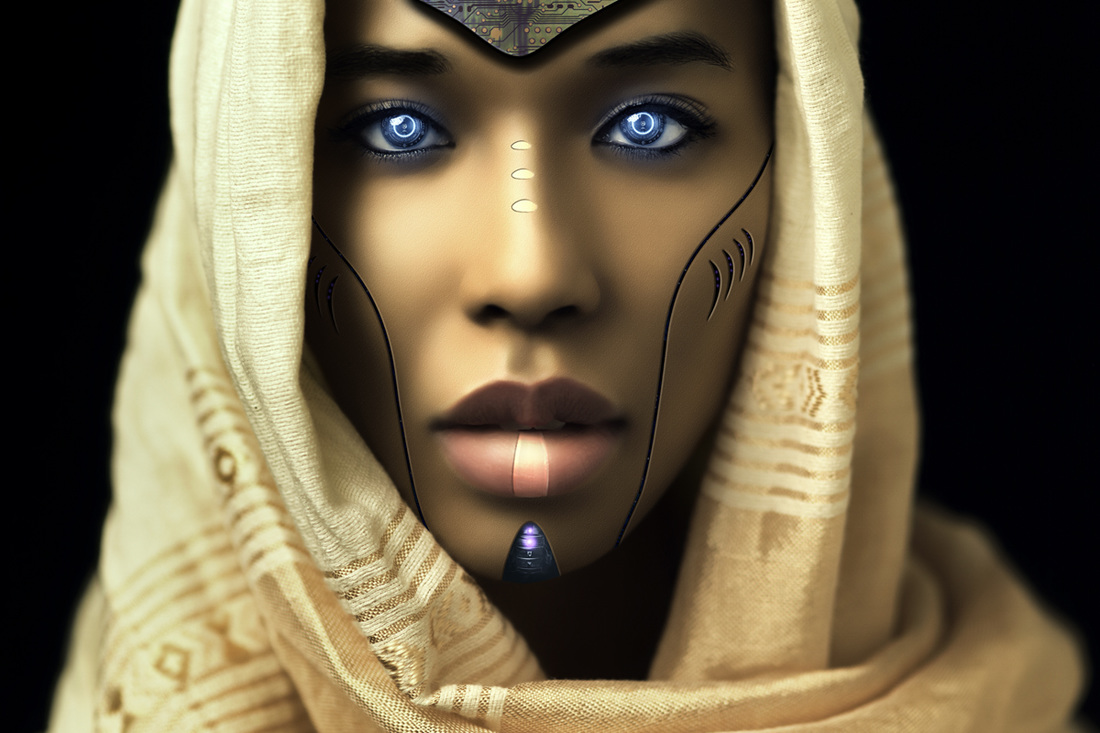
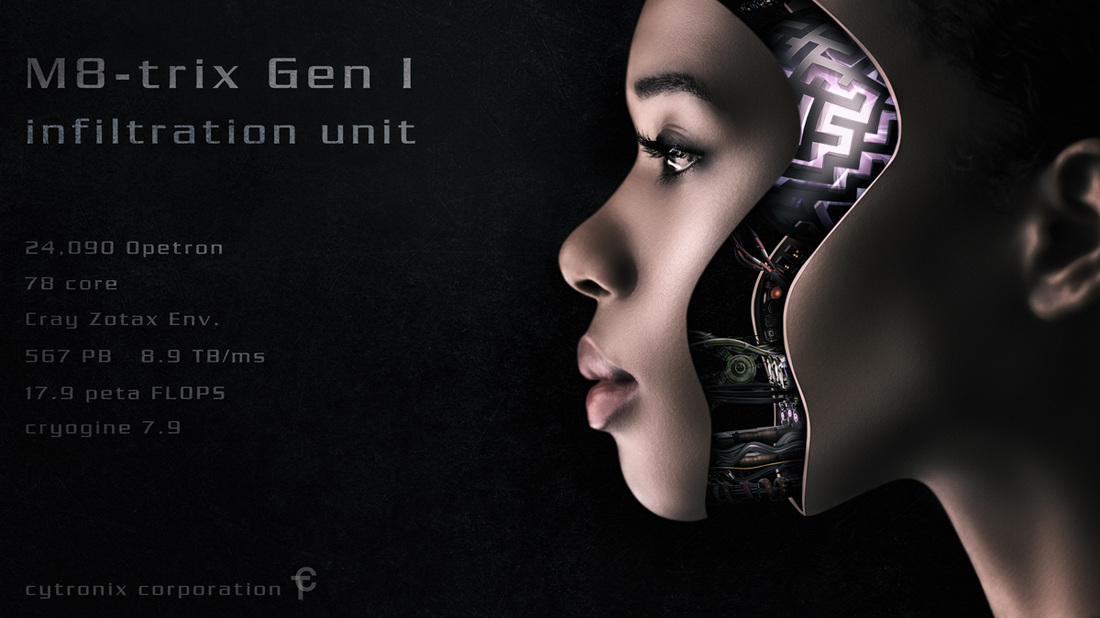
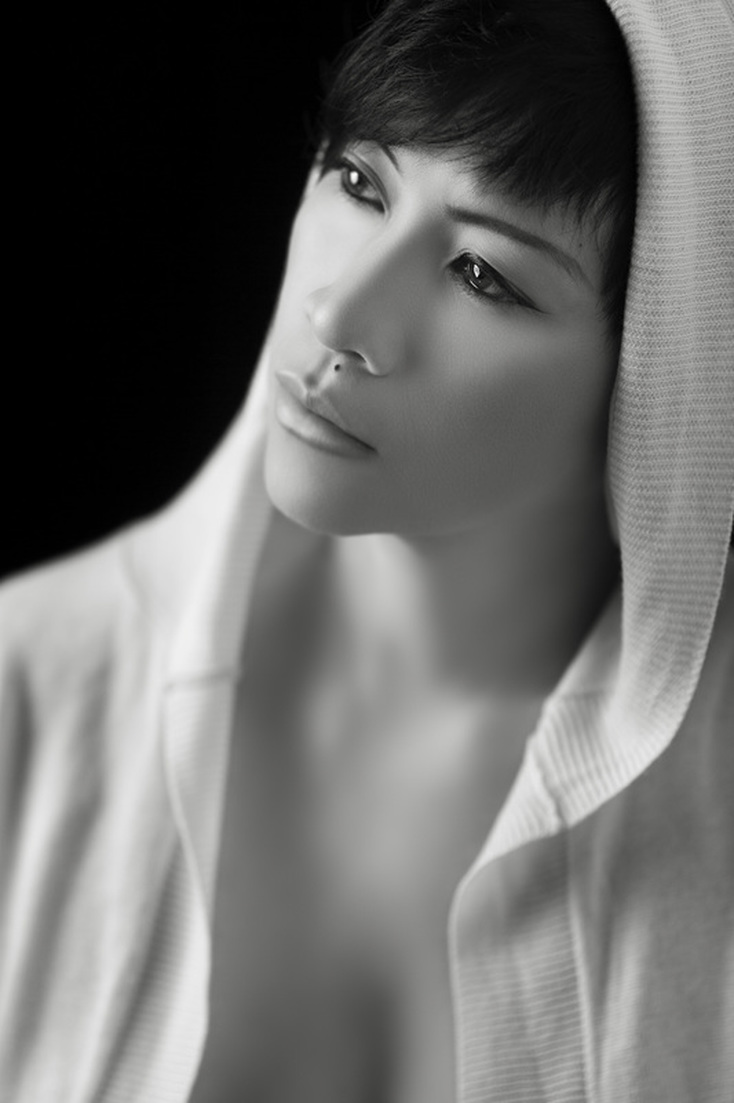
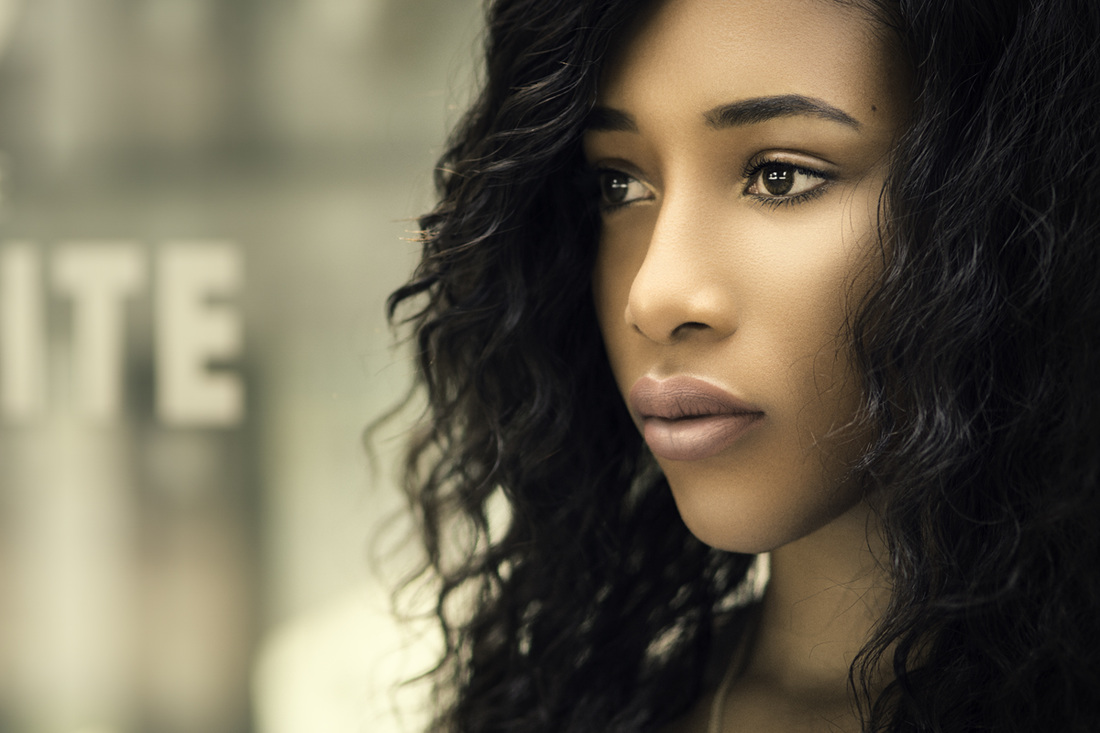

 RSS Feed
RSS Feed
